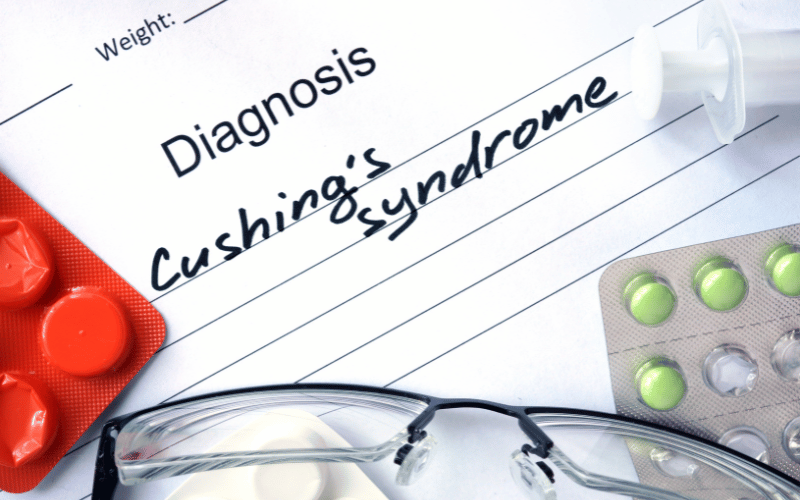Introduction: A Glimpse into Cushing’s Syndrome

Cushing’s syndrome, often lurking in the shadows of misdiagnoses, is an endocrine disorder primarily resulting from the body’s prolonged exposure to high levels of the cortisol hormone. While cortisol is vital for several bodily functions, such as regulating metabolism and reducing inflammation, its overproduction can lead to several physical and psychological manifestations. Unfortunately, these signs can be subtle, especially in the early stages.
The etiology of Cushing’s syndrome is multi-fold. One common cause is the prolonged use of corticosteroid medications. Such drugs are often prescribed for conditions like rheumatoid arthritis or asthma. On the other hand, the body itself can produce an excess of cortisol due to tumors in the adrenal or pituitary glands.
While various factors can trigger the onset of Cushing’s syndrome, the physical signs and symptoms remain relatively consistent across patients. Recognizing these early manifestations is paramount. Misdiagnosis or late diagnosis can expose the patient to severe complications, including diabetes, high blood pressure, and even bone fractures. This makes it all the more critical to understand and identify the early signs.
Symptom 1: Rapid Weight Gain

One of the initial and most evident signs of Cushing’s syndrome is a sudden and unexplained increase in weight. What’s peculiar about this weight gain is its distribution. We’re not talking about a few extra pounds here and there. Individuals with Cushing’s syndrome often find the weight accumulating predominantly around their abdomen, while paradoxically, limbs like arms and legs remain comparatively thin. This abdominal obesity is a signature sign, and it’s not something typically seen in conventional weight gain scenarios.
Diving deeper into the ‘why,’ it’s essential to understand cortisol’s role. Cortisol, often referred to as the stress hormone, affects fat distribution in the body. Under normal circumstances, cortisol helps regulate metabolism and maintain a healthy weight balance. However, when its levels soar, as seen in Cushing’s syndrome, it prompts the body to store fat, especially in the abdominal region. Furthermore, this isn’t just about visible fat. Cortisol encourages the storage of visceral fat, which is tucked deep within the abdomen, surrounding vital organs.
To compound the weight issue further, individuals might also experience an insatiable appetite. It’s like a constant hunger that’s never quite satisfied, no matter how much one eats. And this isn’t merely a psychological phenomenon. Elevated cortisol levels do impact appetite regulation, making individuals crave more food, especially foods rich in sugar and fat. So, it’s not just about increased fat storage; it’s also about an amplified intake of calories.
When observing this weight gain, it’s pivotal to differentiate it from weight gain resulting from factors like diet, lack of exercise, or other health conditions. In Cushing’s syndrome, it’s not just about the scale showing a higher number. The pattern of gain – with an expanding midsection, a seemingly ravenous appetite, and slender limbs – is what sets it apart. And this differentiation is crucial, especially when considering potential treatments or interventions. (1)